Average sizes and life expectancy for this breed:
Exotic Longhairs, also known as Persian Longhair and Longhaired Exotics, are almost the same as Persian. However, this cat breed does not have a purebred Persian lineage. The Persians were crossbred with the American Shorthair, plus the Burmese and Russian Blues were added in the gene pool to produce the Exotic Longhairs. The Exotic Longhairs are basically the kittens of those litters that showcase the longer-haired genes.
Originating from one of the oldest and most recognizable cat breeds in the feline world, Exotics are part of the Persian Breed Group, including the Himalayan cats and the Persian cats. Like these breeds, Exotic Longhairs have huge hair that needs daily grooming and maintenance. Exotic Longhairs are also known for their sweet, flat face, their large round eyes and their fat cheeks.
Exotic Longhairs are best for those who seek a quiet, sweet, loyal and calm feline companion; despite the daily maintenance needed for their coat, they are the ideal pet for you. They are easygoing, and nothing can disturb this cat breed as they are very relaxed.
What is very endearing about this cat is they quietly ask for your attention by coming in front of you and staring at you with their adorable face. They love to snuggle in their human companion’s lap or nuzzle their wet nose to their faces. They may even jump up onto your shoulder or hug you when you pet them. Exotic Longhairs love to nap or lounge in cool areas like bricks or a tiled floor.
If you don’t mind the cat breed's daily maintenance, Exotic Longhairs are ideal for any home. These calm felines give their human companion privacy and are not clingy or needy. They also have a playful side, which makes them a perfect match for older, well-behaved kids. However, they are not well suited to homes with loud, boisterous young kids as they prefer a quieter environment.
See available kittens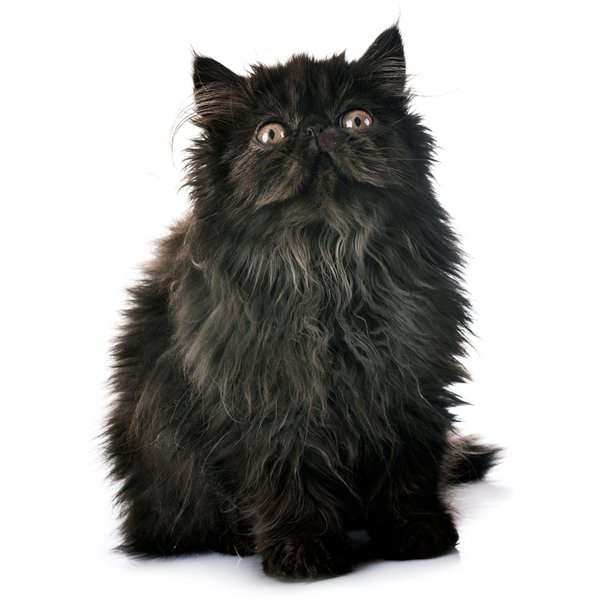

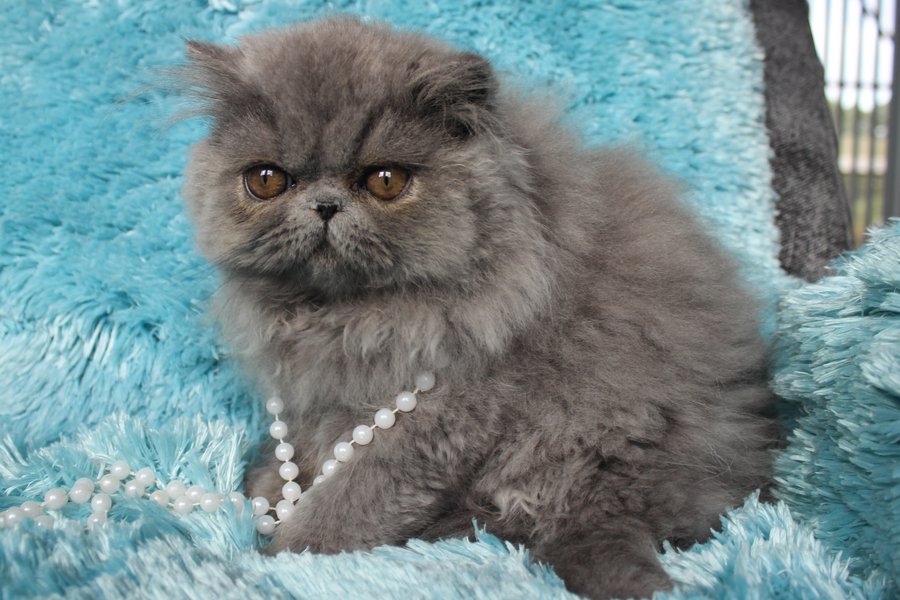


Exotic Longhairs have been around since the 20th century when American Shorthair breeders bred their cats with Persians to get their stunning silver colour and green eyes. The resulting litter was beautiful to look at; however, it did not meet the true American Shorthair type. Jane Martinke, a breeder, noticed the result of these outcrosses. She then proposed a new breed called the Sterling because of their appealing silver colour.
Some breeders chose the Burmese breed because of their robust body type, medium head and their short coat. Others select the Russian Blue due to their shorthaired gene and dense double coat. After the initial outcross to acquire the short coat, the kittens were bred back to Persian.
Carolyn Bussey, another breeder, outcrossed a Burmese and a red tabby Persian in order to produce a brown Persian. Brown is a receding colour, so all the resulting kittens were all black. So, Ms. Bussey had the impression to continue to develop a short-coated Persian. However, these long-coated cat breeds inserted their genetics. That’s the reason why we have the Exotic Longhair.
In 1966, the new Exotic cat breed was officially recognized by the CFA (Cat Fanciers’ Association) and quickly gained popularity worldwide. Crossing the cat breed with Russian Blue and Burmese were permitted until 1987 when the CFA decided to only permit crossing with Persians. Exotic kittens with a long coat are known as Exotic Longhair cats but are also recognized by many registries as Persian cats.
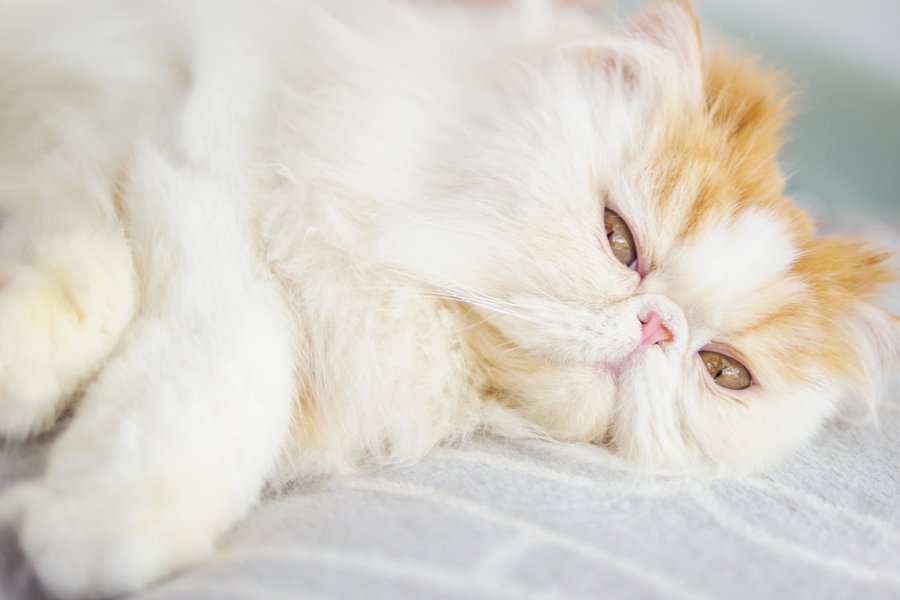
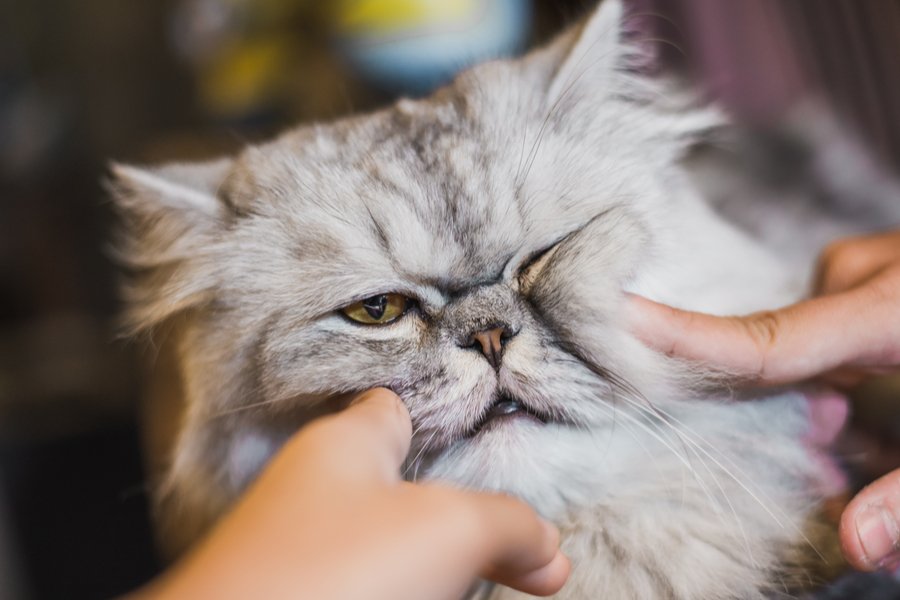
These gentle giants are heavily boned but their solid bodies are softened by their thick, long coats. Exotic Longhairs have wide round heads with ears set low. Their big round eyes open up their short faces and give them a sweet expression.
Their round head is set on their robust, short and square bodies. Their short thick legs are balanced by their short, dense tail. Their luxurious coats make them appear soft and round, like stuffed toys you want to pick up and hug. The Exotic Longhairs have a variety of colours and patterns, including the pointed version of the Himalayan.
These magnificent cats, like their shorthaired counterparts, are distinct because of two features: being brachycephalic and pedomorphic. Brachycephalic means that their skull and face is short and broad, with a flattened muzzle. Pedomorphic, on the other hand, means that their face maintains a kitten-like expression.
Exotic Longhairs are easy going, relaxed, loving and calm cats that have inherited the quiet demeanour of the Persian. These affectionate cats demand love and attention by staring at you straight in your eyes and hugging you when you pick them up. Because of their loyalty and need to be with their human companion, these cats will follow you around the household just to be near you. They are lap cats and will snuggle with you while you read a book or watch a TV show.
Due to their shorthaired ancestry, these fluffballs love to play and leap around. They will chase their toys like prey or sit and observe how to catch them. Exotic Longhairs are easy to please as simple things amuse them. Whether it is watching the water drip out of the faucet or chasing a crumpled paper ball, these cats can play independently for hours should they want to.
While they are not very vocal, Exotic Longhairs have a soft, gentle voice and make many chirping sounds. They have an intelligent curiosity combined with their sweet and peaceful nature, which made them loved and adored by many cat lovers worldwide, including families with children and other pets.
Exotic Longhairs can be urban dwellers or adjust to country living. Also ensure you have areas in your home with tiles or bricks and uncarpeted floors as they prefer lounging and napping in cool places. This is vital for their health because as a brachycephalic breed, they struggle to cool themselves down and are more susceptible to overheating.
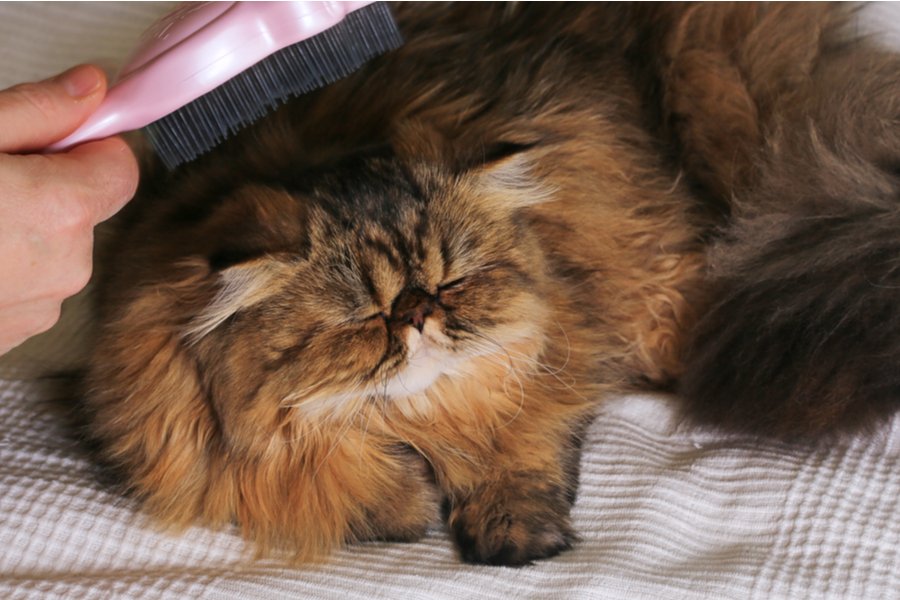
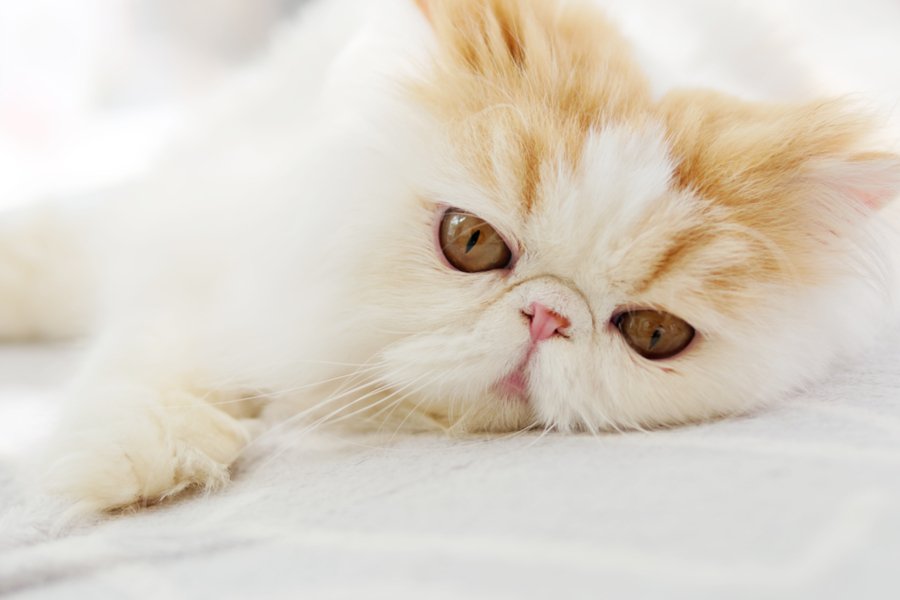
While their energy level ranges from low to moderate, you can still encourage these gentle giants to do tricks, commands and games. Start them with simple tasks such as using the scratching post and the litter box. As they grow older and get accustomed to a training session, you can start teaching them more complex tasks such as following commands, playing games and doing tricks. You can also use a clicker to teach them to “sit” and to “wave”.
Encourage their minds to stay active by providing interactive toys such as catnip mice, fishing-pole toys, and other puzzle toys. Remember to give them rewards like their favourite treats or kibbles when they behave during the training session or by following your commands.
When an Exotic Longhair is properly trained and familiarised with various people, pets and environments during kittenhood, they will blossom into a well-rounded, well-bred feline companion. These gentle and calm cats are amicable and affectionate and see each training session as an interaction with their human companion.
Exotic Longhairs have a dense, multi-layered coat, just like a Persian cat. Daily brushing is best to keep their fur and skin healthy and avoid matting and furballs. The Exotic Longhairs also tend to shed more during seasonal shedding and, therefore, will benefit from even more regular brushing during these times. Some Exotic Longhair cat owners favour having their beloved cat bathed and groomed professionally to support this cat breed's grooming upkeep.
Due to their long coat, it is crucial that you train your Exotic Longhair as early as possible for daily grooming. You can start by using a very soft brush so it won’t pull their glorious kitten hairs or hurt their delicate skin. Remember to gently brush their long coat to help them remain relaxed.
As they grow and mature, they will have a different need for their coat. So, it is best to upgrade your tools to a more age-appropriate brush. Grooming them daily is part of their training, so prepare small rewards such as treats and kibbles to encourage them to behave during each grooming session.
Their flat face needs regular cleaning to prevent infections in their skin folds. Because Exotic Longhairs are brachycephalic cats, they can experience partial obstruction of the upper airway. This means that their respiratory system is already compromised, and inflammation or infection can worsen it. So, make sure to consult your vet regarding this.
Allocate some time each week to check your cat’s ears. If there’s dirt, debris or wax buildup, use a vet-approved ear cleaner and clean cotton balls to eliminate it. Remember not to use cotton swabs because it can cause severe damage to their inner ear. If you notice any funny smell or inflammation, immediately contact your veterinarian for care and treatment.
For their eyes, spare some time each day to check for discharge and stains. Exotic Longhairs are prone to tear stains as the tear ducts cannot follow their natural path and drain properly into the nose. As a result, their eyes run constantly and if the tear stains are not cleaned regularly, they can cause sores. Use a clean and soft fabric to gently clean the corners of their eyes. Make sure to use a different part of the fabric to avoid spreading an infection.
Daily dental hygiene is best, but weekly teeth brushing is sufficient enough to keep your cat’s teeth healthy and free from tartar buildup and tooth and gum diseases. Trim your cat’s nails as needed to protect not only your skin but also your furniture. Examine their paws as you trim their nails to make sure they are in good condition and free of injury.
Because your Exotic Longhair has a plush, long coat, you’ll need to keep their litter box clean. Dirt and debris from a dirty litter box can cling to their long silky coats. If not monitored, they may swallow this while self-grooming, which can cause a blockage in their intestines. Plus, like many other cat breeds, they are very picky and detest soiled litter boxes.
Lastly, it is recommended to keep your Exotic Longhair as an indoor cat. If you do permit them to explore the great outdoors, make sure to oversee their activities. This way, you can prevent them from acquiring feline diseases from stray cats or being attacked by other animals they may encounter outdoors.
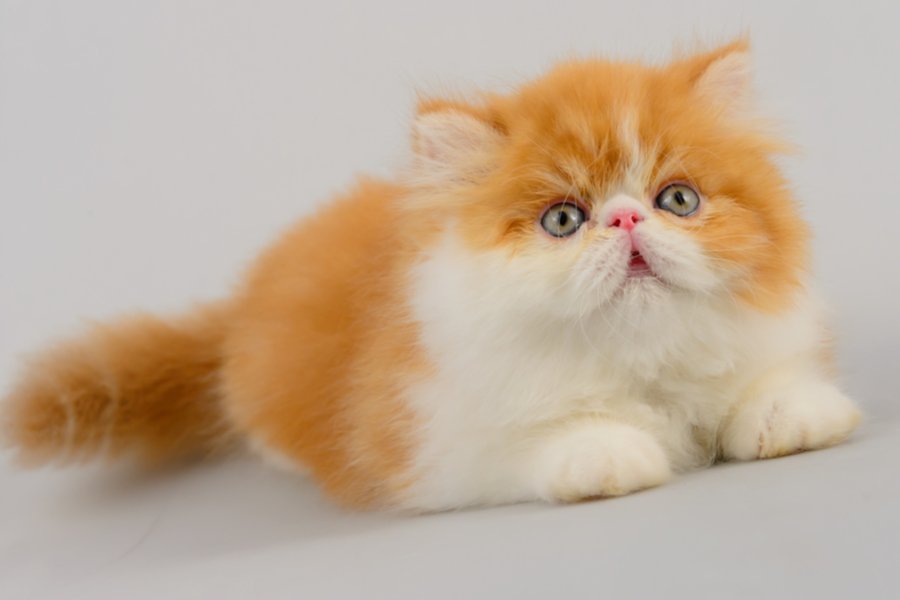
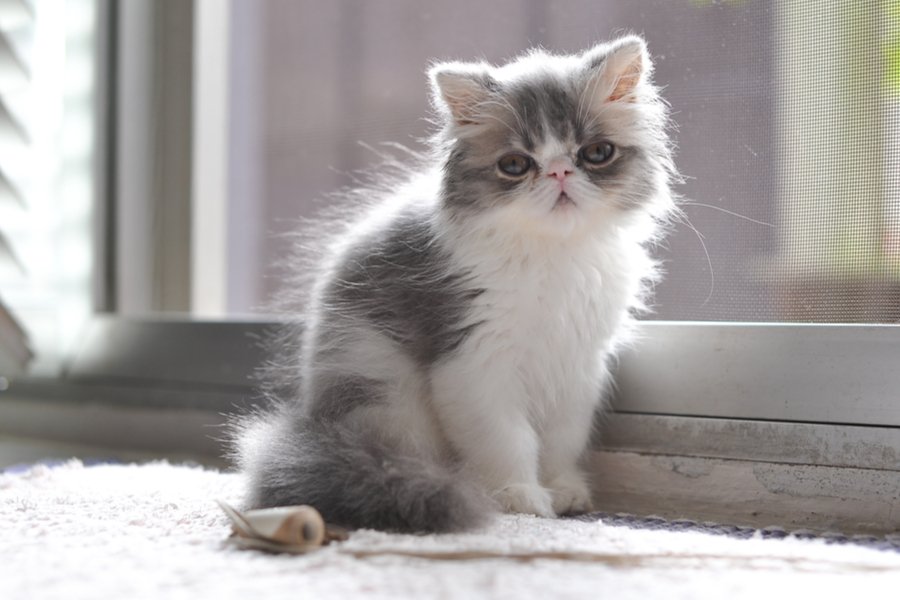
As a brachycephalic cat, there are several health conditions you should be aware of if considering bringing an Exotic Longhair into your home. They can suffer from chronic respiratory issues like breathing difficulties because of their extraordinarily short, flat faces and small nostrils. They may also have jaw deformities, which can lead to dental disease and problems with eating and drinking.
They also have eyelids that turn in towards their eye, which often leads to eye drainage and ulcers. In some cases, an Exotic Longhair may have eyelids so turned in that they rub against their eyeball. If this is the case, surgery is necessary to correct the issue.
In addition, because they were initially bred from Persian cats, hypertrophic cardiomyopathy is a real concern with this cat breed. They can also carry the gene that creates cysts in the kidney and can lead to kidney failure (autosomal dominant polycystic kidney disease).
Because of all these potential genetic conditions, buying from a reputable and registered breeder is essential. Do not buy an Exotic Longhair if a breeder does not run DNA health checks on all their cats. This is important for checking for inherited disorders, so do not hand any money over until you see these test results.
Because of their playful, relaxed and friendly personality, Exotic Longhairs are ideal for families with older children and other pets. However, they do best in quiet homes so may not be suited to families with lots of young, loud children.
Exotic Longhairs get along well with other pets and can live harmoniously with other cats and cat-friendly dogs. Because of their gentle and calm demeanour, they can quickly become part of the pack as they love companionship very much. Just remember to introduce your pets slowly and in a controlled area to make sure that they learn to get along well together.
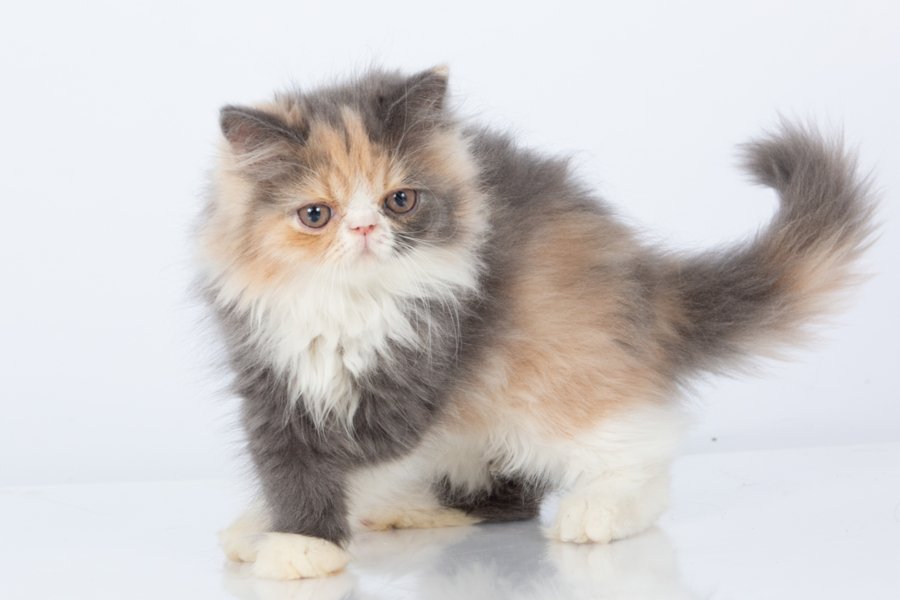

We can connect you with Breeders that are specialized in this particular breed.
See available kittens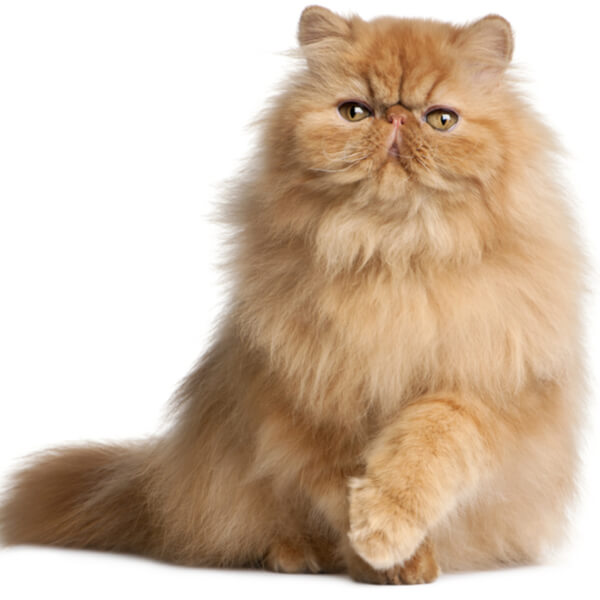
Iran
Size : Medium
Coat : Long
Registration : GCCF, TICA, CFA, FIFe
Vocality : Low
Hypoallergenic : No
Grooming : Twice a Week
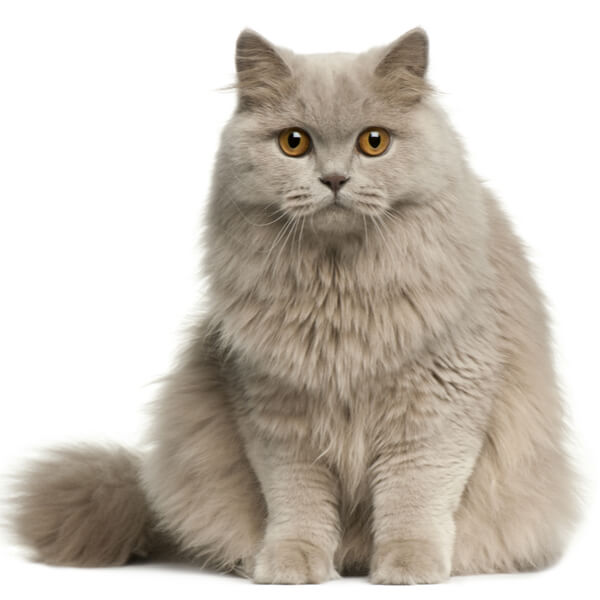
United Kingdom
Size : Medium
Coat : Long
Registration : GCCF, TICA, FIFe
Vocality : Low
Hypoallergenic : No
Grooming : Twice a Week
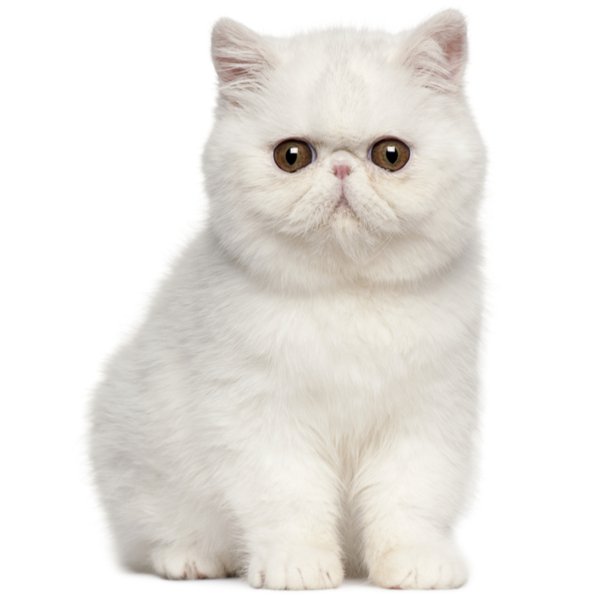
United States of America
Size : Medium
Coat : Short
Registration : GCCF, TICA, CFA, FIFe
Vocality : Low
Hypoallergenic : No
Grooming : Once a Week
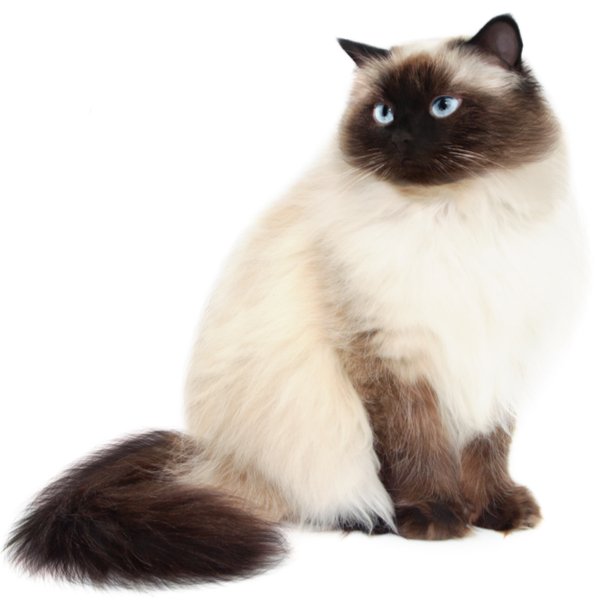
United States of America
Size : Medium
Coat : Long
Registration : TICA, FIFe
Vocality : Low
Hypoallergenic : No
Grooming : Everyday


Need some advice?
Whether you're a first time pet owner, an experienced pet owner, a new or long-time breeder, or just curious about pets, we've got you covered!

January 17, 2024
What Is The Personality Of Russian Blue Cats?
Russian Blue cats are most known for their distinctive shimmery blue-silver coat and piercing green eyes. However, this breed’s calm and gentle temperament is what makes them shine the most in the feline world.

January 17, 2024
10 Facts About Russian Blue Cat Breed
Russian Blues are one of the most aesthetically stunning cat breeds, with a gorgeous plush silvery coat and vibrant green eyes. However, it’s not only their appearance that is beautiful; their nature is too.

January 17, 2024
How To Choose The Right Cat Breed for You
Cats can make the most fantastic animal companions; they are adorable, friendly, and loving. However, not all felines are created equal. There are many different breeds, of which each has its unique personality traits.
Need some help?
Contact us to speak to our friendly advisor, who will gladly help you find your dream pet!



We are registered in England and Wales under registration number 12568840,
and our registered office is at 58-60 Kensington Church Street, W8 4DB London, England.
© 2023 The Pedigree Paws